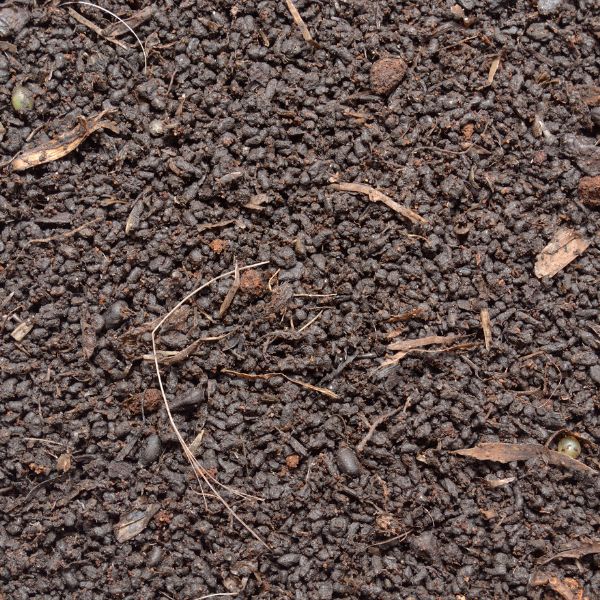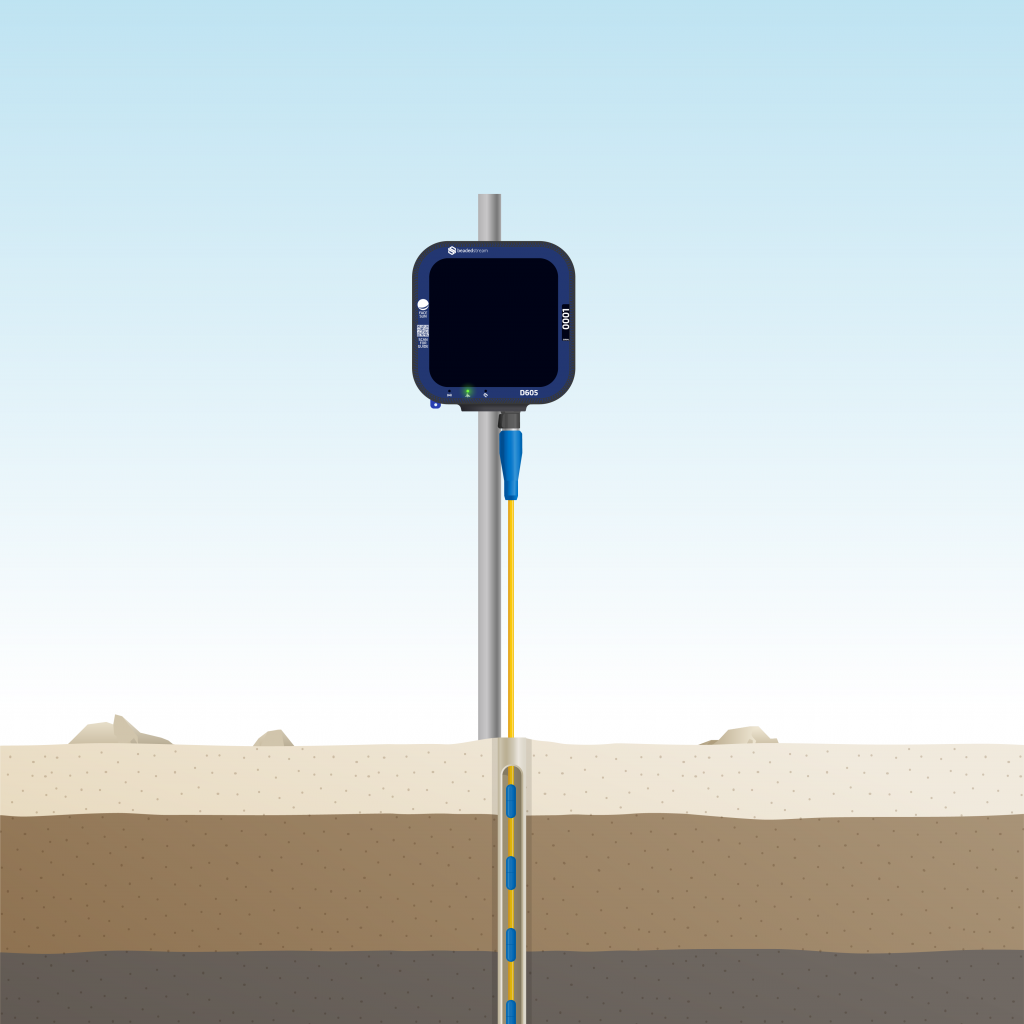In the face of escalating climate change challenges, understanding the intricate dynamics of soil temperature emerges as a pivotal component in safeguarding our ecosystems’ resilience. Soil, often overlooked yet undeniably vital, serves as a critical interface between the atmosphere and the Earth’s surface. Recent scientific revelations underscore the urgency of comprehending soil temperature fluctuations, particularly in regions characterized by permafrost, where thawing poses unprecedented threats to ecosystem stability and global climate systems. As temperatures soar and permafrost retreats, the need for innovative soil monitoring solutions becomes ever more pressing, pathway towards effective climate change mitigation strategies.
Understanding Permafrost Dynamics and Climate Change
Permafrost, soil that remains frozen for at least two consecutive years, plays a crucial role in regulating global climate systems by storing vast amounts of organic carbon. Recent studies reveal alarming trends of permafrost thawing accelerated by rising temperatures. This rapid thawing, particularly in high-latitude and high-altitude regions, leads to the collapse of permafrost, known as thermokarst, affecting approximately 20% of the northern permafrost region. Thermokarst formation significantly alters soil properties and ecosystem carbon cycling, exacerbating the release of soil carbon dioxide (CO2) emissions. Studies suggest that the warming-induced increase in soil CO2 release is about 5.5 times higher in thermokarst features than in non-thermokarst areas, underscoring the urgency of monitoring and mitigating permafrost degradation’s far-reaching impacts on global climate systems and ecosystems (Chinese Academy of Sciences, 2024).

Integration of Soil Temperature Monitoring into Climate Research
Soil temperature monitoring stands as a pivotal tool within the broader spectrum of climate change research initiatives. Anthropogenic activities and climate change have significantly impacted soil systems, with alterations in rainfall patterns, atmospheric temperatures, and climatic conditions leading to profound effects on soil health, carbon dynamics, ecosystem stability and agricultural productivity. Understanding soil temperature changes over time is crucial for mitigating the impacts of climate change on agriculture and ecosystem resilience, emphasizing the importance of maintaining optimal soil temperatures for sustainable land management practices (Mampitiya, et. al., 2024).
Recent studies highlight the urgent need for comprehensive soil temperature monitoring to understand the implications of warming temperatures on soil health and ecosystem stability. For instance, a study conducted by the Technical University of Munich revealed that temperature increases of 2°C to 3°C resulted in a rapid decline in humus content and nutrient stores in mountain meadows. Humus, a vital component of soil formed from decaying organic matter, serves as a crucial reservoir of nutrients and moisture, fostering soil fertility and supporting plant growth. The decline in humus content, particularly pronounced under extensive management, highlights the vulnerability of alpine ecosystems to climate change, as it disrupts soil structure and nutrient cycling, posing significant threats to ecosystem health and resilience. Such findings underscore the critical role of soil temperature data in informing climate models and predicting future climate scenarios, providing invaluable insights into the potential impacts of warming temperatures on soil health and carbon dynamics in vulnerable ecosystems like mountain meadows (Technical University of Munich, 2024).

Advancing Soil Monitoring Solutions for Climate Resilience
As the threat of climate change looms large, there is an increasing demand for innovative soil monitoring solutions to support climate resilience efforts. beadedstream offers a comprehensive suite of tools, including digital temperature cables, data loggers, and real-time software, designed to monitor soil temperature dynamics with unparalleled precision and accuracy. These thermistor-equipped cables, featuring multi-point sensors for shallow burial, are engineered to withstand diverse environmental conditions, ensuring long-term protection against water ingress. Seamlessly connecting to our data loggers, these cables transmit real-time data via direct-to-orbit connectivity and solar power, eliminating the need for frequent site visits. Moreover, our beadedcloud software empowers researchers and scientists with global, real-time data viewing capabilities, streamlining monitoring and decision-making processes.
By providing researchers and scientists with actionable data insights, beadedstream empowers them to assess the impacts of climate change on soil ecosystems and develop targeted adaptation strategies. With a focus on permafrost regions, where rapid thawing poses significant challenges to ecosystem stability, our solutions offer a pathway towards understanding and mitigating the far-reaching consequences of permafrost degradation on global climate systems.

Empowering Climate Change Mitigation through Data-Driven Solutions
Data-driven solutions powered by digital temperature sensors hold immense potential in empowering climate change mitigation efforts. By leveraging real-time soil temperature data, researchers can develop predictive models to anticipate and mitigate the impacts of climate change on soil carbon dynamics and ecosystem stability. These models enable stakeholders to identify areas most vulnerable to climate-driven soil degradation processes, guiding targeted interventions aimed at preserving soil health and enhancing ecosystem resilience. By fostering collaboration between scientists, policymakers, and stakeholders, data-driven solutions facilitate evidence-based decision-making, paving the way for effective climate change adaptation and mitigation strategies tailored to the unique challenges posed by warming temperatures and shifting climatic conditions.
Conclusion
As we confront the escalating challenges of climate change, monitoring soil temperature dynamics, especially in permafrost regions, emerges as a critical endeavor. By leveraging advanced temperature monitoring solutions, we can gain invaluable insights into the impacts of warming temperatures on soil health and ecosystem resilience. For inquiries about our temperature monitoring gear tailored for permafrost and soil research, contact us at contact@beadedstream.com.








